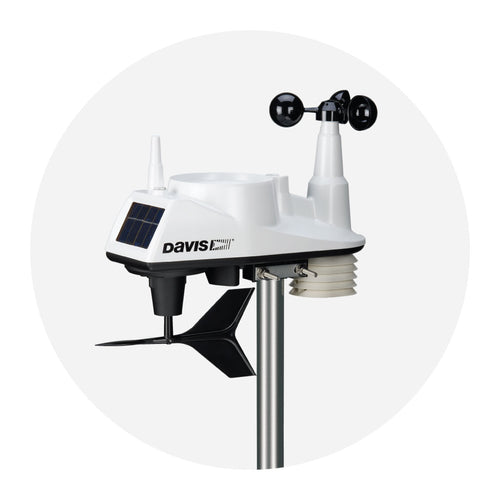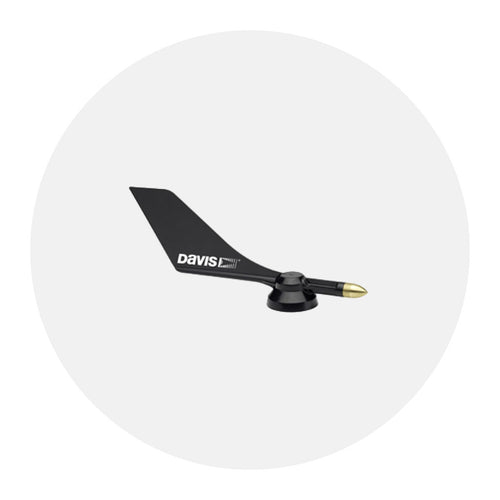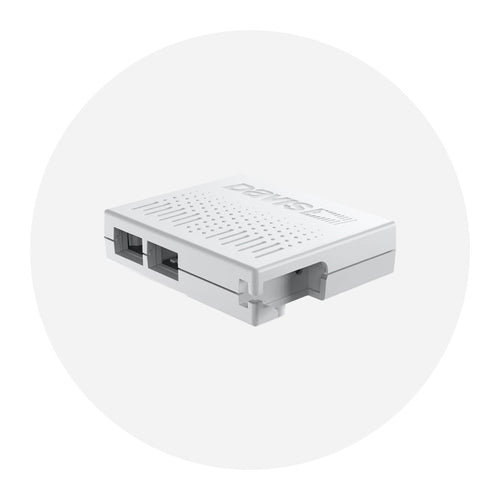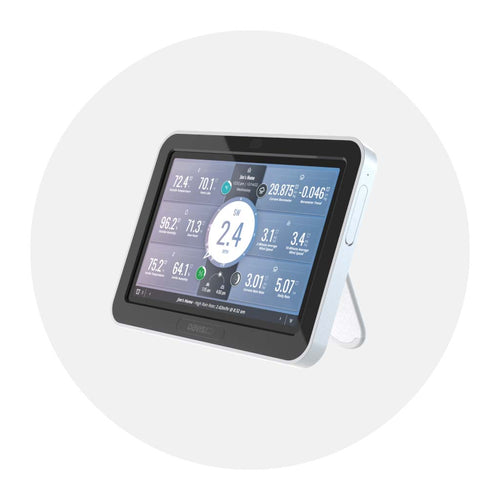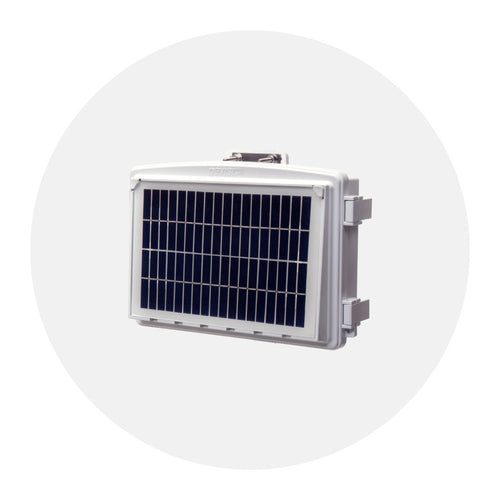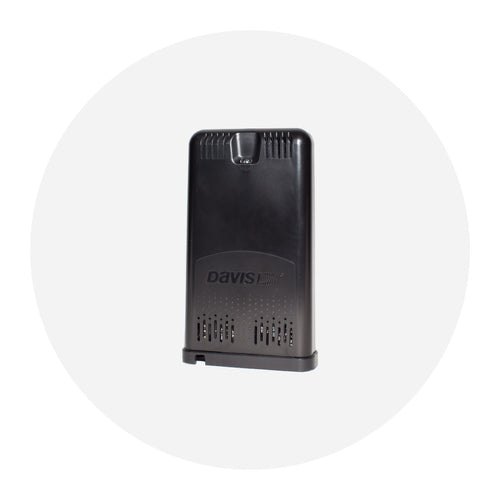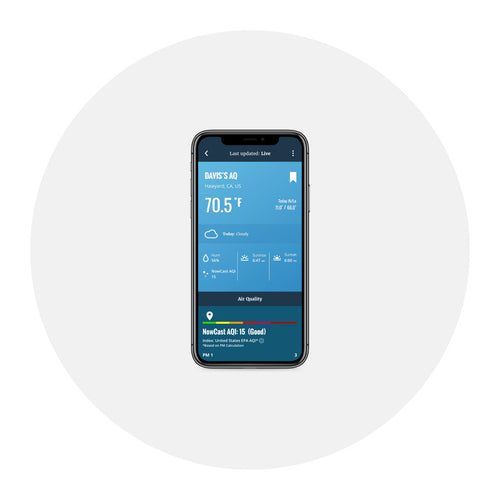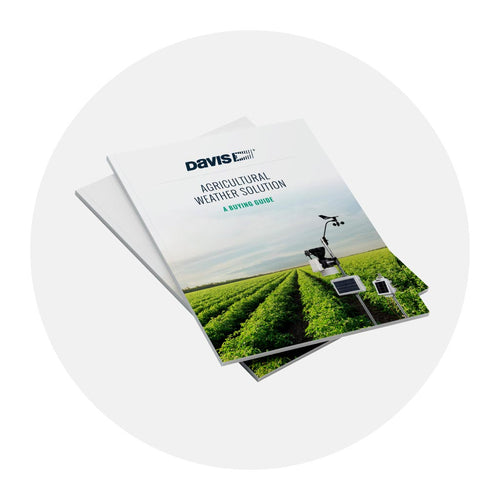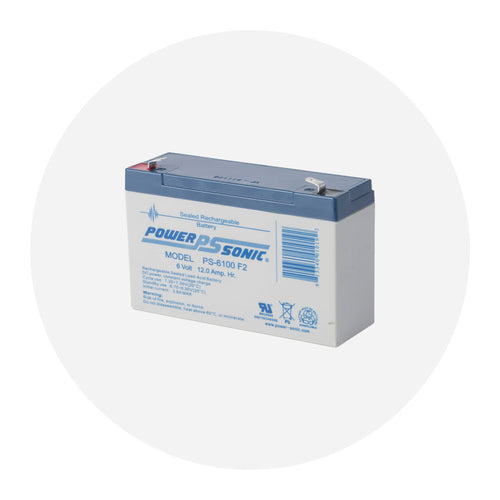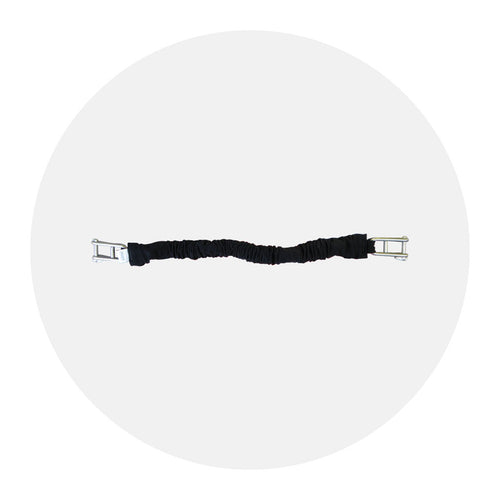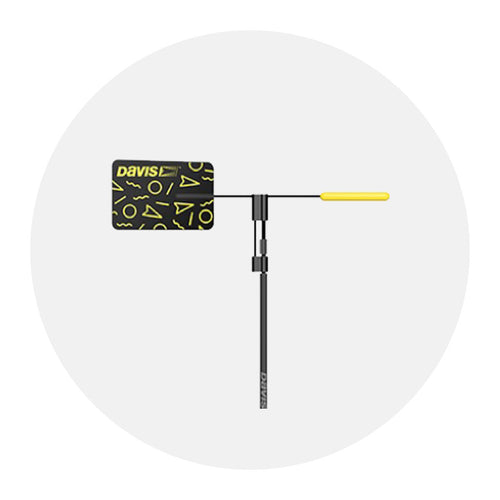
A New Use for Davis Weather Stations? That’s Music to Our Ears!
Until recently, we thought we had a pretty good feel for the many ways that people use their Davis Instruments weather stations -- from monitoring soil and plant moisture for optimal irrigation to monitoring weather conditions for wildfire risk, and everything in between.
But we were wrong. There’s an interesting use case we never considered.
It turns out you can use a Davis weather station to make music. Yes, you read that correctly. To make music.
To clarify, we’re not talking about banging on your Davis weather station like a percussion instrument. We do not recommend doing that. And we’re not talking about using a weather station to keep people safe at an outdoor music venue (although that’s a use we would recommend).
Rather, artists Steve Bates and jake moore are using weather data from a Davis weather station and seismic data from a Raspberry Shake seismic sensor to generate music in real time based on current weather and seismological conditions. Here’s how they’re doing it.
- First, they created a library of sounds. They invited 14 artists to read a specific book and respond with sound. The artists were instructed not to provide complete compositions; rather, they were told to provide incomplete sounds that could later become part of a larger composition. It’s similar to the way each instrument in a symphony works in unison with the others to produce an overall composition.
- To facilitate interpretation of their sounds, the 14 artists were also asked to submit metadata about their sounds.
- Alexandre Burton, aka artificiel, then developed custom software code that could meaningfully link the data being generated by the weather station and seismic sensor to the sounds in the library via the metadata associated with each sound.
- The result is an actual musical score written by weather and seismic data and interpreted through Alexandre Burton’s software code.
Working through their indie record label, The Dim Coast, Steve Bates and jake moore have created an online version of the experience that utilizes a Davis Instruments Vantage Pro2 weather station in Montreal, Canada. They call it A Sound That Never Was.

But the online experience is only a shadow of the immersive experiences that Steve and jake plan to create. Each immersive experience will be supported by its own local weather station and seismic sensor. As visitors enter a space, they will be greeted by a recording of the author reading from her book. (Remember the book that the 14 artists were invited to respond to?) Once they are in the space, visitors will be immersed in the sounds being generated by their local weather and seismic activity. And they will be able to see the incoming data that is triggering the sounds they are hearing.
From an artistic perspective, an important part of each immersive installation is that the software code can be customized to interpret weather data differently, depending on the location of the installation. For example, a 50°F temperature in northern Canada would be interpreted differently that the same temperature in Florida. So, visitors to each installation will always be experiencing a unique sequence of sounds based on the unique weather and seismic events taking place in that moment, and uniquely interpreted for their specific locale.
In short, visitors will be experiencing A Sound That Never Was.
What unique or interesting use cases do you have for your Davis weather station? Let us know, and we may share them on our blog or in our social media.
In the face of escalating environmental risks, AEM is the essential source for insights on weather, climate, lightning, floods, wildfires, water management, and more.
Learn more about AEM and all of our solutions here.


